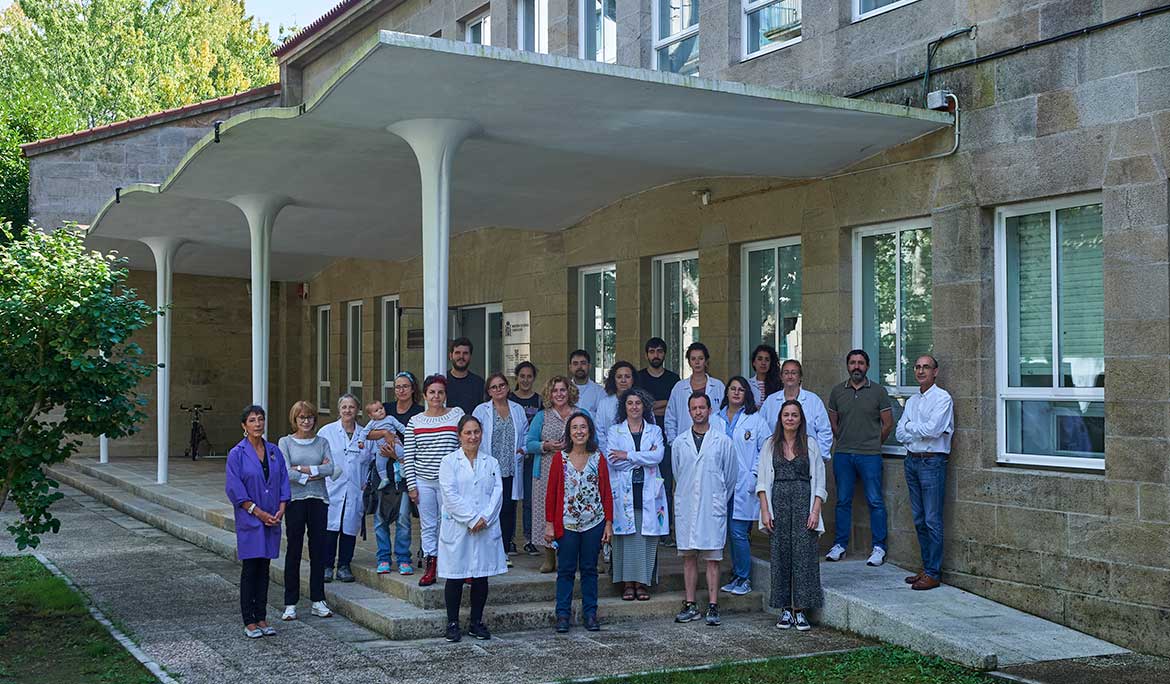Tipo de publicación:
Revistas indexadas en la Web of Science o en SCOPUS
Enlace a publicación:
Abstract
Cover cropping is a practice commonly associated with regenerative agriculture that has been implemented with greater or lesser intensity for approximately a century. Cover crops do not only provide a series of benefits and ecosystem services to the cash crops, but also contribute to the regeneration of the microbial component of soils and contribute to overcoming their microbiological exhaustion when they are subjected to very intensive cultural practices. This work analyzes certain soil biophysical properties and the composition and structure of microbial communities associated with the introduction of cover crops based on three different leguminous species (Vicia villosa, Vicia sativa and Pisum sativum) in a 2-ha field cropped with maize during the last four years under two different soil management systems for the cover crop sowing, namely conventional tillage and reduced tillage, combining for eight treatments. No significant differences were detected between management strategies and cover crops in terms of soil organic carbon and nitrogen contents, and microbial biomass in the topsoil. Concerning the microbiome, characterized through Next Generation Sequencing methods, this study showed that soil management was the main factor defining the structure of fungal and bacterial populations. The shaping effect of the leguminous species was smaller, although differences were observed in the composition and frequency of appearance of the different OTUs characterized, depending on the plant species employed.
Investigadores:
Jose Manuel Mirás Avalos
